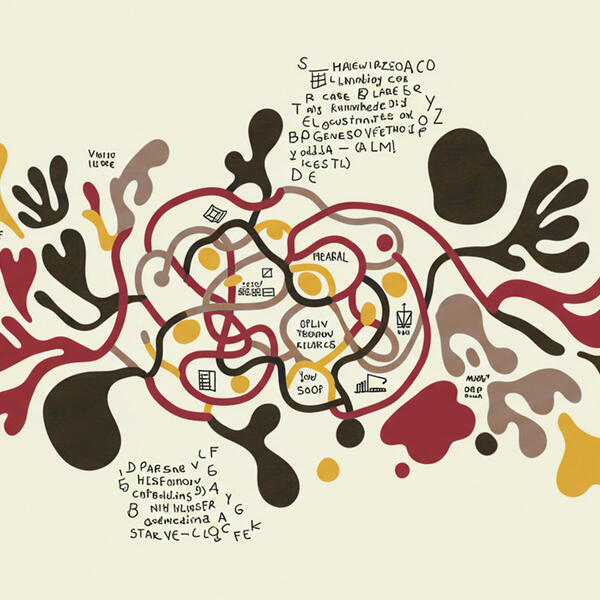
Students Using CreateAI: What Happens When You Upload a File?
Are my uploaded files stored?
When you upload a file into the chat:
- Your file is only used during your individual session with the bot.
- The file is not saved permanently or shared with anyone else.
Once your session ends (e.g., you refresh, close the tab, or return later), the file is no longer available to the bot or system.
So don’t worry your document won’t be stored, reused, or viewed by others.
What about privacy and security?
CreateAI follows ASU’s data privacy and digital trust guidelines, which means:
- Uploaded content is processed securely within your session.
- No files are stored long-term, and no data is sold or shared externally.
- You are always in control of the information you provide.
Learn more here: ASU Digital Trust Guidelines and ASU AI Tools Overview
Can I upload anything I want?
Please only upload files you have permission to use for example:
Your own notes or essays
Public research articles
❌ No copyrighted books, paid content, or sensitive personal info. Even though the files aren’t stored, you’re still responsible for what you upload.
When to Use File Uploads
Uploading a file can help the chatbot:
- Better understand a long assignment prompt
- Reference a study or article you’re working on
- Help summarize or clarify something from your file
Questions or concerns?
If you’re unsure about uploading something or just want to learn more feel free to ask your instructor or contact the CreateAI Lab team for support.
Keep Reading
How to Use Knowledge Base (RAG)
Explore an overview of the Knowledge Base and Retrieval Augmented Generation (RAG) methods. Learn about the different types of Knowledge Base retrieval and understand the distinctions between the Knowledge Base and system prompts.
CreateAI Platform Available LLM Models
We are proud to offer 40+ models including multi-modal (voice, image, text) for the ASU community to access securely on the CreateAI Platform. Users can find the following models available for experimentation and use in CreateAI Compare, CreateAI Chat, and CreateAI Builder (access request required). Originally posted: January 1, 2025.
Breakdown of RAG Model Parameters, Settings and Their Impact
Retrieval-Augmented Generation (RAG) is an advanced approach in natural language processing that integrates information retrieval and generative language modeling. Unlike traditional language models that generate responses solely based on their pre-trained knowledge, RAG combines retrieval mechanisms with generative models to enhance the relevance and accuracy of its responses. This hybrid framework works by first retrieving relevant documents or information from a predefined knowledge base (e.g., databases, documents, or PDFs) and then using a generative model (such as a transformer-based model) to synthesize a response that incorporates the retrieved context.


